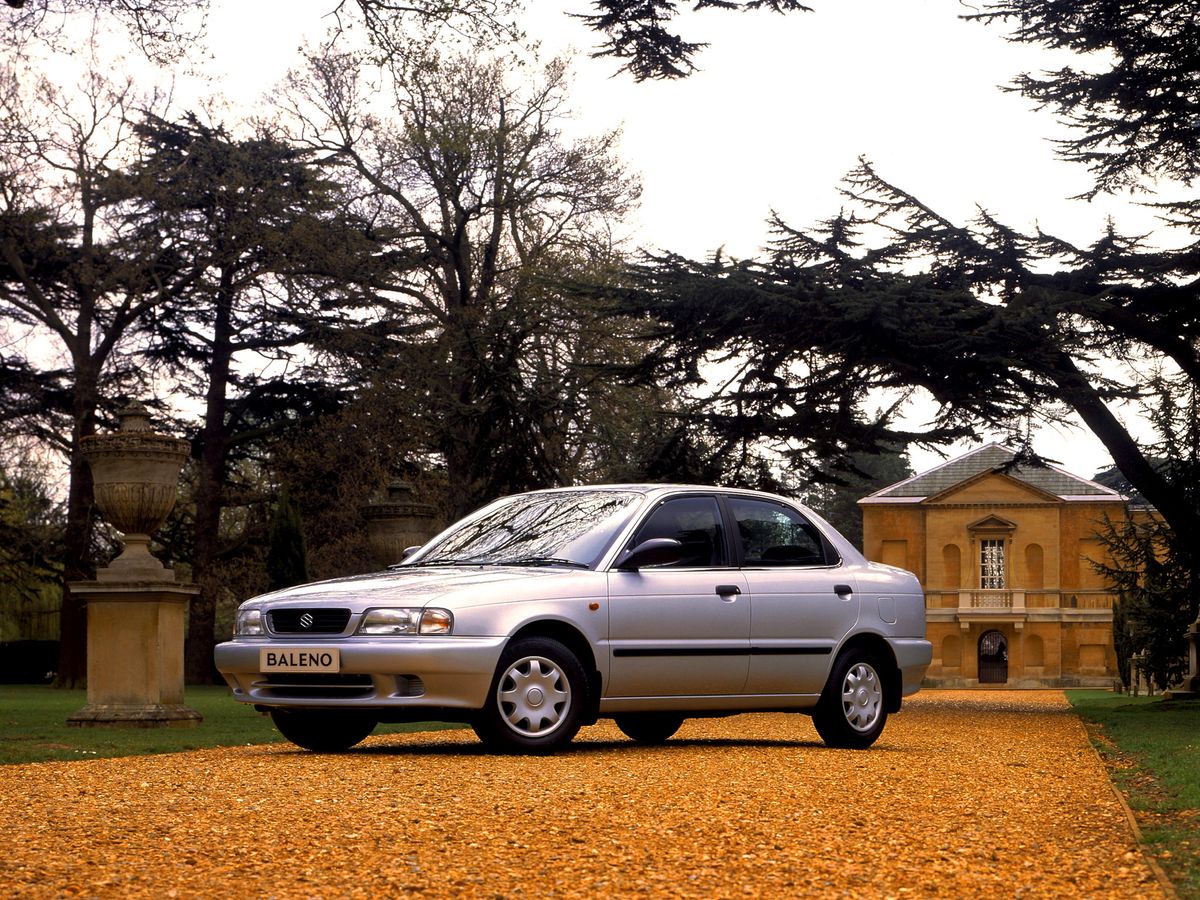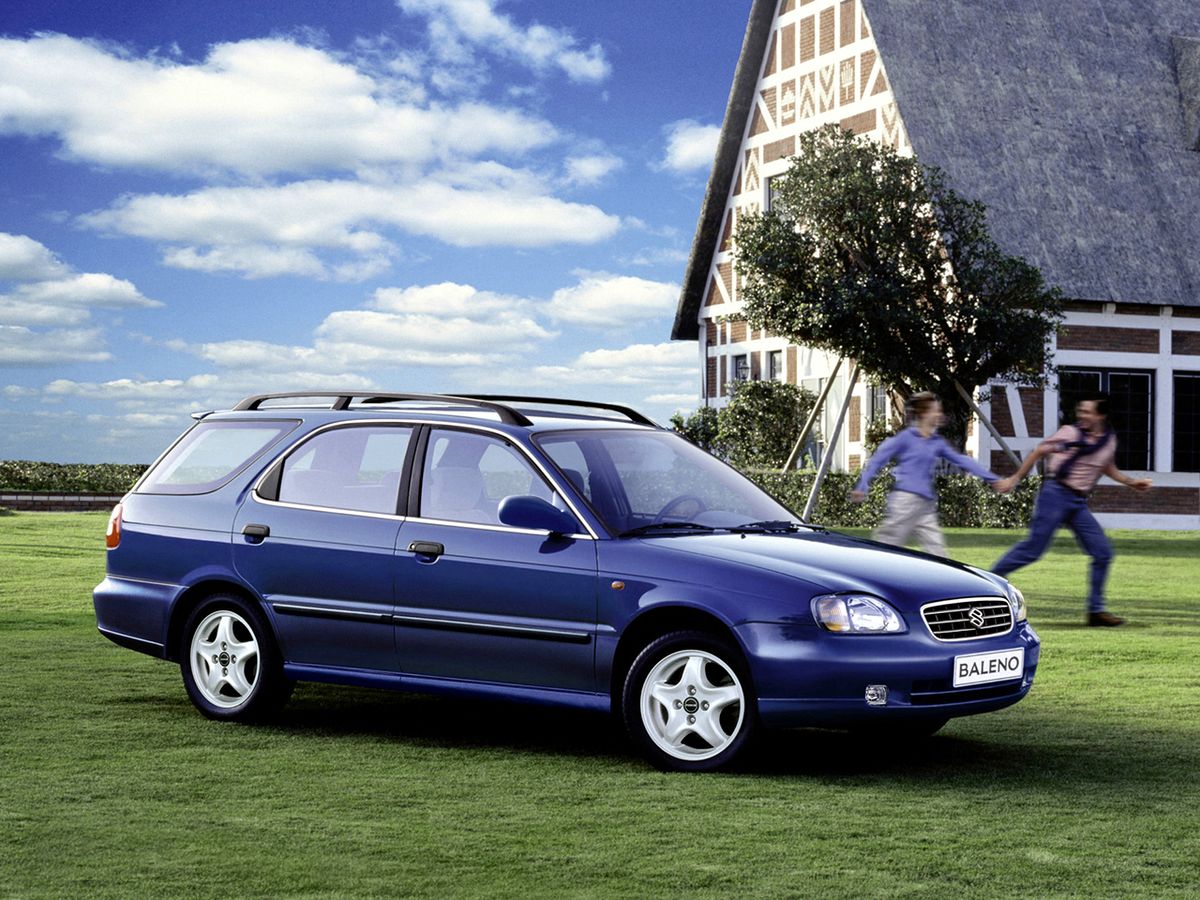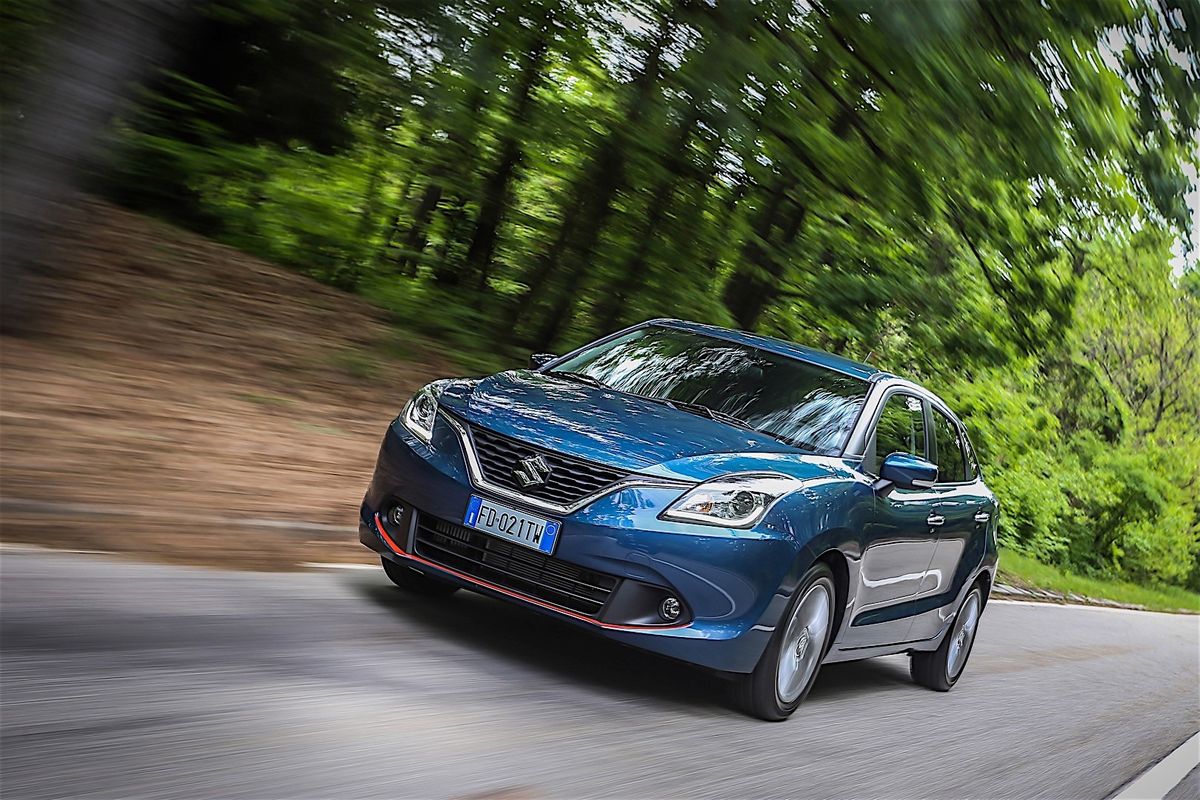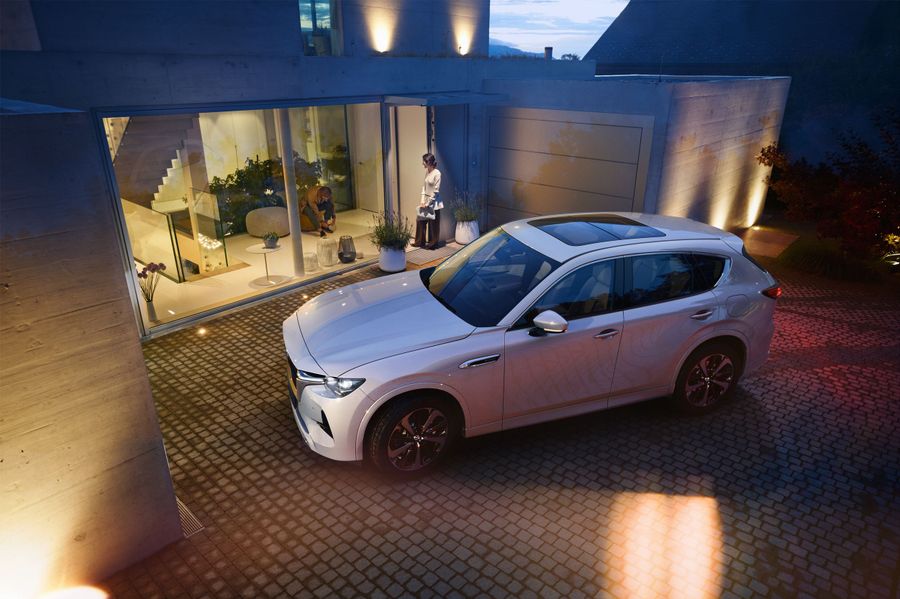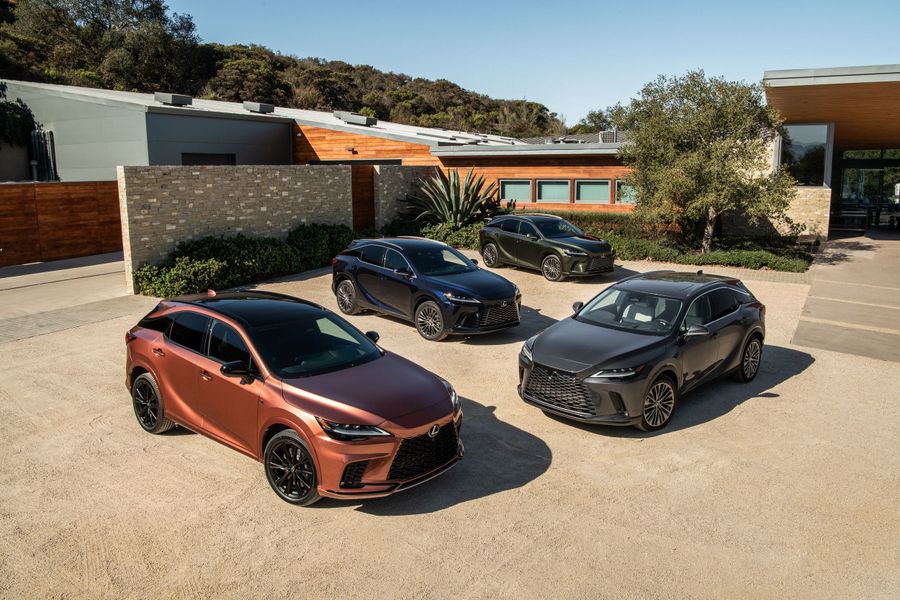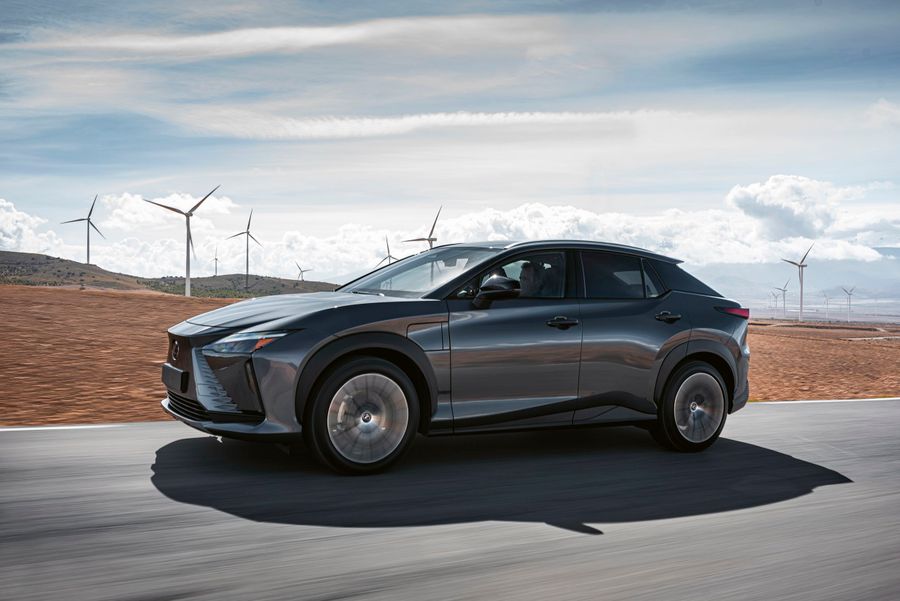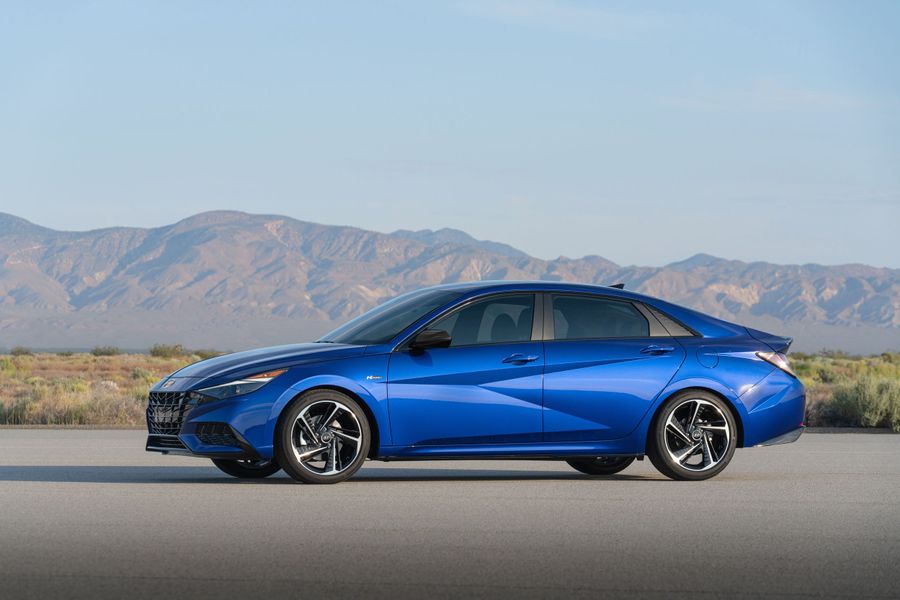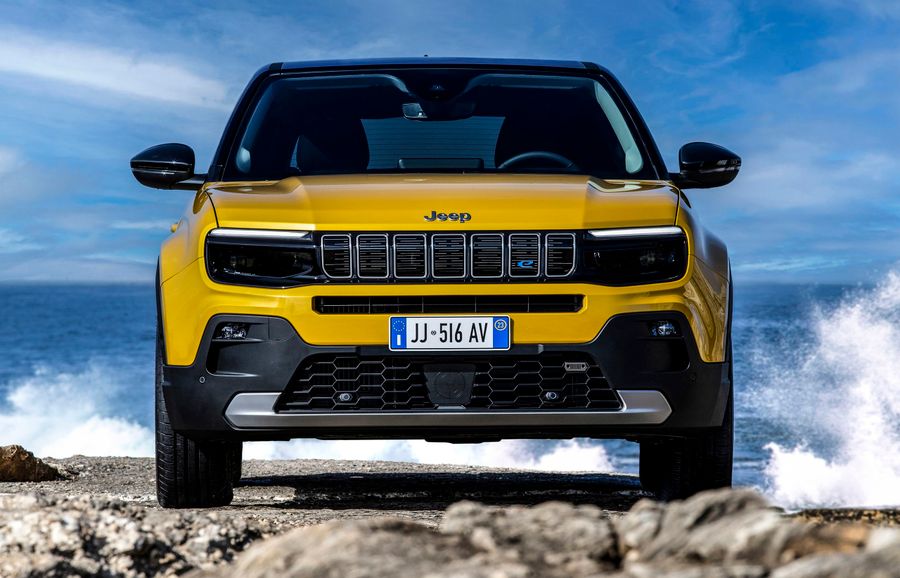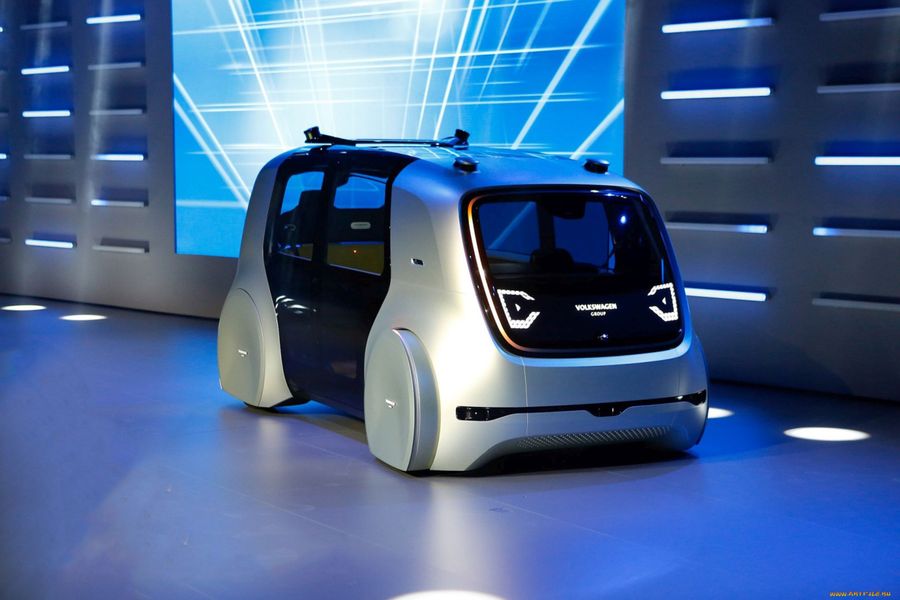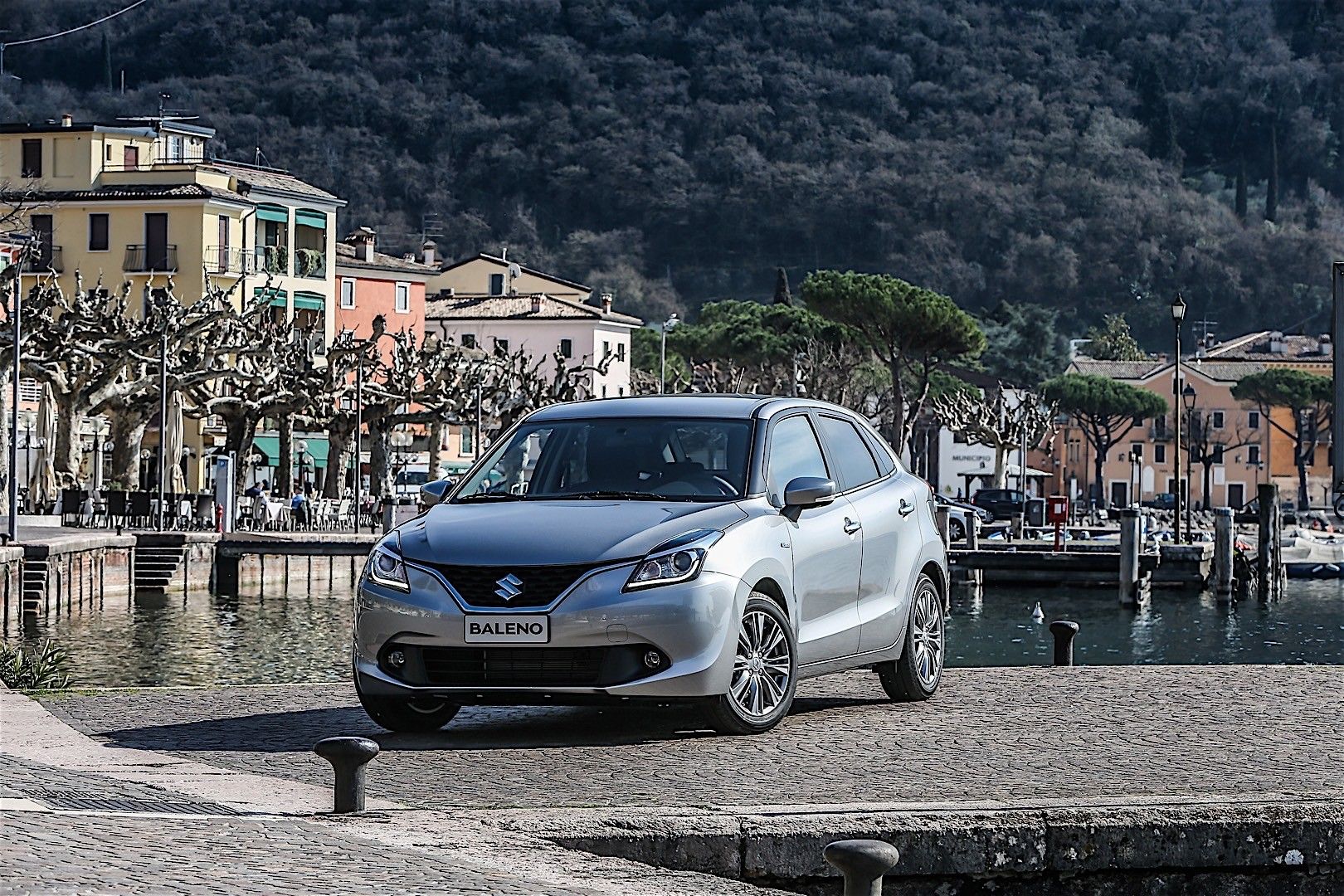
Suzuki Baleno. Simple and tasteful
Suzuki Baleno is a compact B-class car produced by the Japanese Suzuki Motor Corporation. It used to be either FWD or 4WD and used to have different bodywork types: sedan, estate, and a 3-door hatchback. Today’s Baleno is only produced as a 5-door FWD hatchback. This is what you can buy in Israel nowadays.
In the US, Suzuki Baleno was offered as Suzuki Esteem, in Japan - as Suzuki Cultus. There are only 2 generations of Baleno in the market, regardless of rather long timeline: The production has started in 1995. The production of the first generation was stopped in 2002, abd afterward, the car was forgotted for 14 until it was brought back to life.
First generation
The first generation of Suzuki Baleno was launched in 1995 as the Suzuki’s first golf-class model. This old Baleno was unremarkable in terms of design solutions. Standard equipment of Baleno of the first generation included child protection devices and anti-theft devices, airbags for driver and passenger, reinforced rear and middle door struts, anchor mechanism of front seat belts' height adjustment. The bodywork of the first Suzuki Baleno had a good anti-corrosion treatment, and therefore held for a long time, especially in the southern regions, so, for example, in India, Baleno was sold as late as in 2007. Then Suzuki replaced the Baleno with newer cars, and the “oldie” was completely forgotten for a while.
Second generation
In the year of 2015, Suzuki suddenly decided to revive the good old Suzuki Baleno in a completely new design! The new Suzuki Baleno was unveiled at the 2015 Frankfurt Motor Show, and the second generation Baleno entered the market in 2016. The second Baleno does not resemble the first one at all. It is clearly designed for a younger audience. The new Baleno was assembled on the updated platform of the IK2 concept car unveiled earlier in Geneva. Now it is a modern 5-door hatchback that looks pretty good in the flow of cars. In basic version, Suzuki Baleno of the 2nd generation uses new modular FWD platform, which implies presence of independent McPherson struts in front and semi-independent design with a torsion beam in back.
The production of the first generation was stopped in 2002, abd afterward, the car was forgotted for 14 until it was brought back to life.
Baleno has detailed flowing lines with and an elevated hood in front. The bottom of the grille is outlined with chrome that ‘extrapolates’ the hood lines. Big headlights of Suzuki Baleno 2016/2017 on the fender level are equipped with lenses with xenon lights. The line, passing above the front bumper, highlights the outlines and the grille. A slight protrusion underneath the front bumper leaves a recess for a wide air inlet with widely installed fog lights. To make their hatchback sportier, the designers installed side mirrors on the stands, chrome lines along the windows, and black A-pillars.
Being a compact car, the Baleno hatchback has quite enough space inside. The Baleno 2017/2018 dashboard consists of analog meters and a vertical LCD display. 7-inch multimedia Smartphone Linkage Audio Display with good functionality - navigation, camera, smartphone connection, audio. The rear sofa folds down in the ratio of 60:40, creating 756 L of volume in the trunk. The basic volume of the trunk is 320 L.
Suzuki Baleno 2019/2020 is a good affordable city car. It does not claim to be the prettiest or strongest, but it’s “fresh as a daisy” and pretty modern for its class.
2019 restyling
Four years later, the second generation Baleno was restyled. It acquired more embossed bumpers, a new enlarged radiator grille, as well as the new design of fog lights and rims. The most expensive trim level comprised LED headlights. The interior underwent some minor cosmetic changes. A rear parking sensor was included as standard. The powertrains are the same. The hatchback is still equipped with a fuel-efficient (5.6 liters per 100 km in the city) 1.2 liter gasoline naturally aspirated engine with a Dualjet power system.



